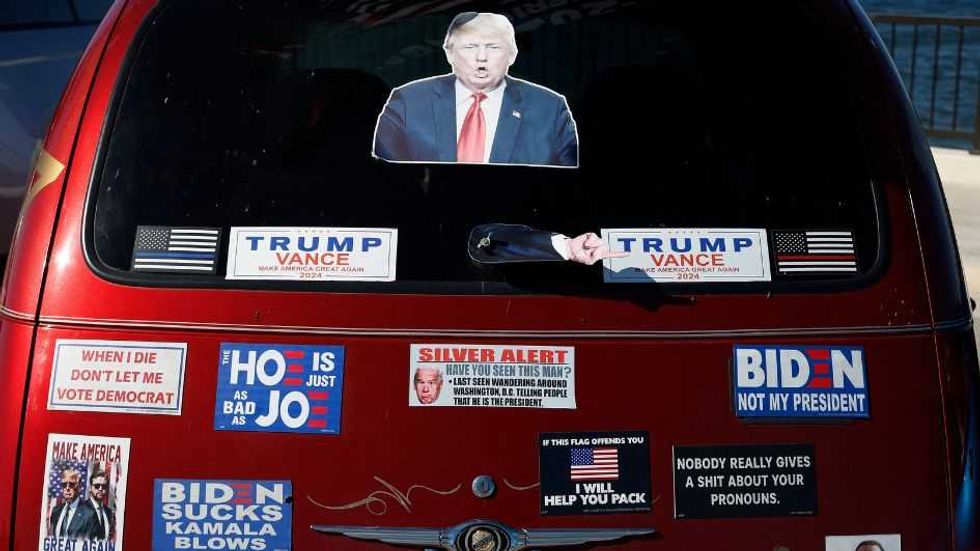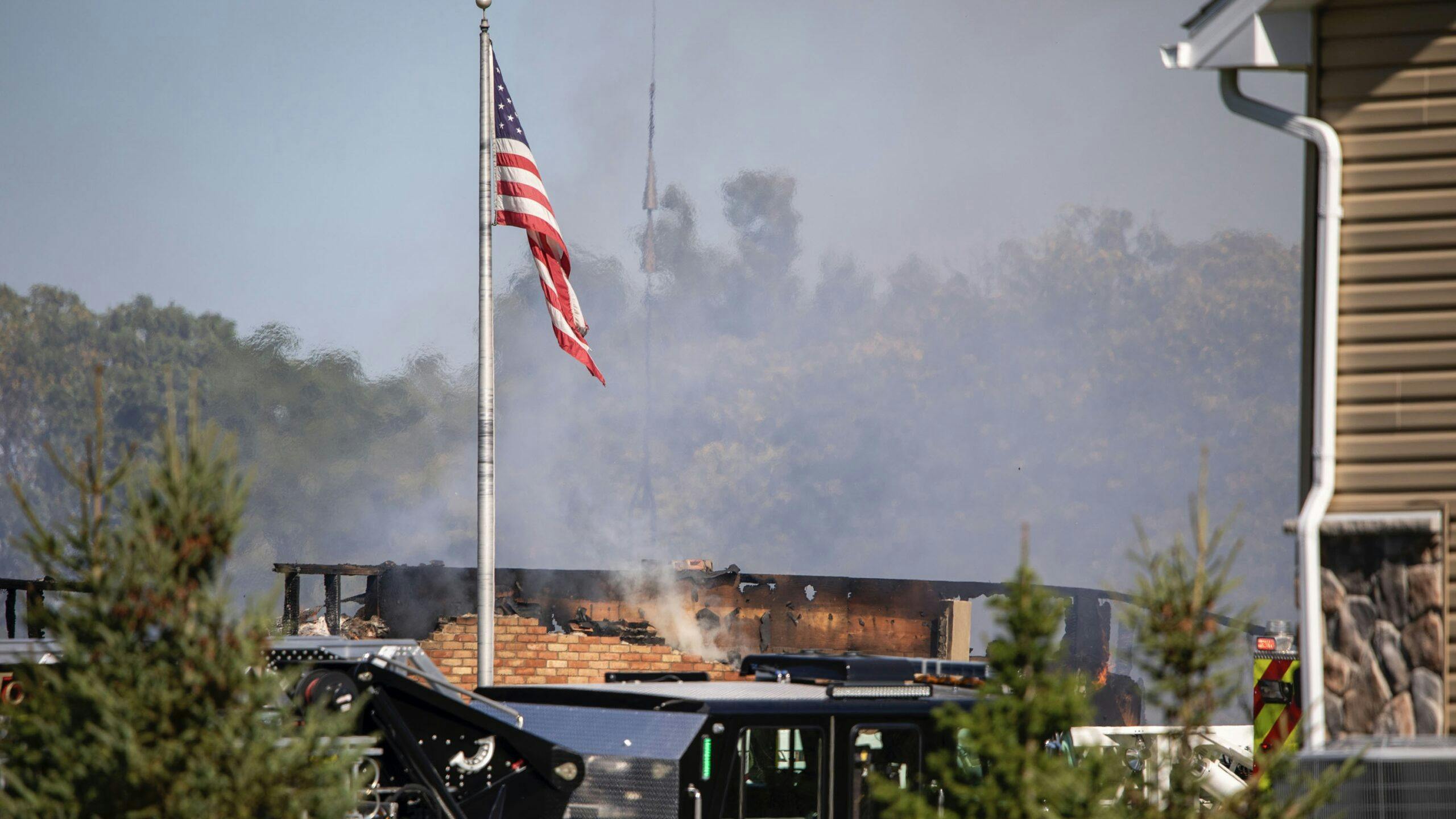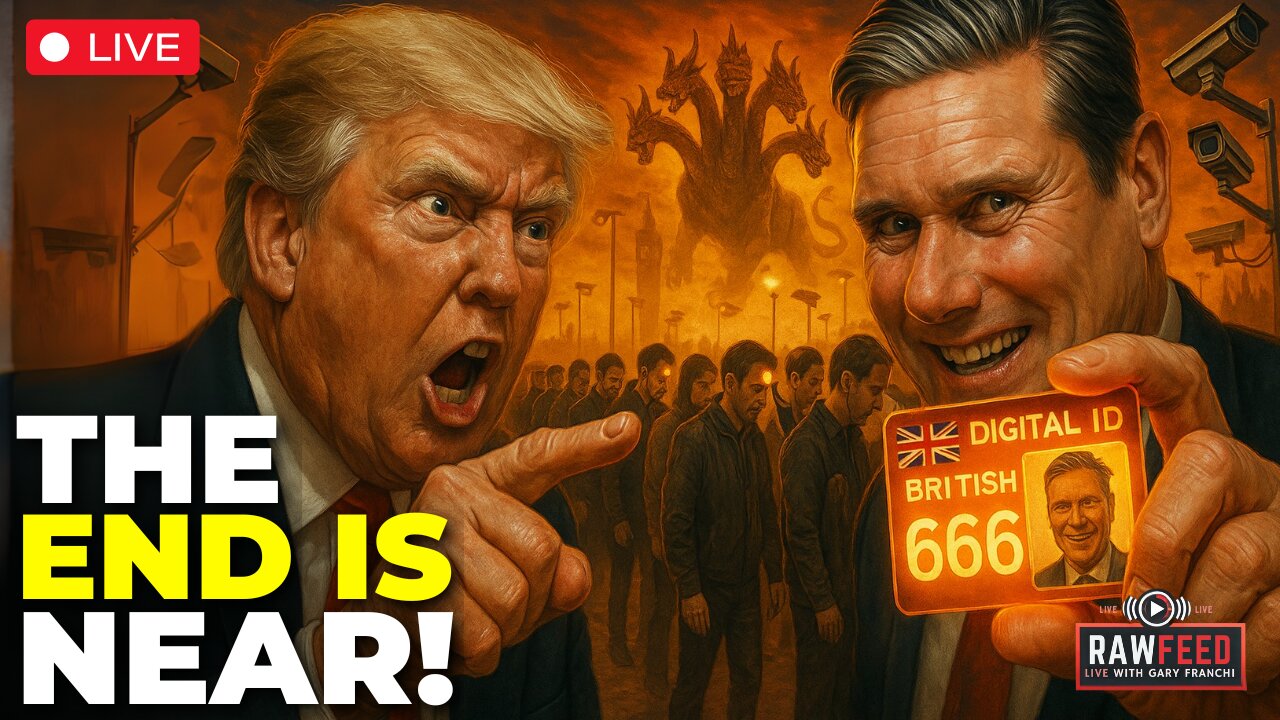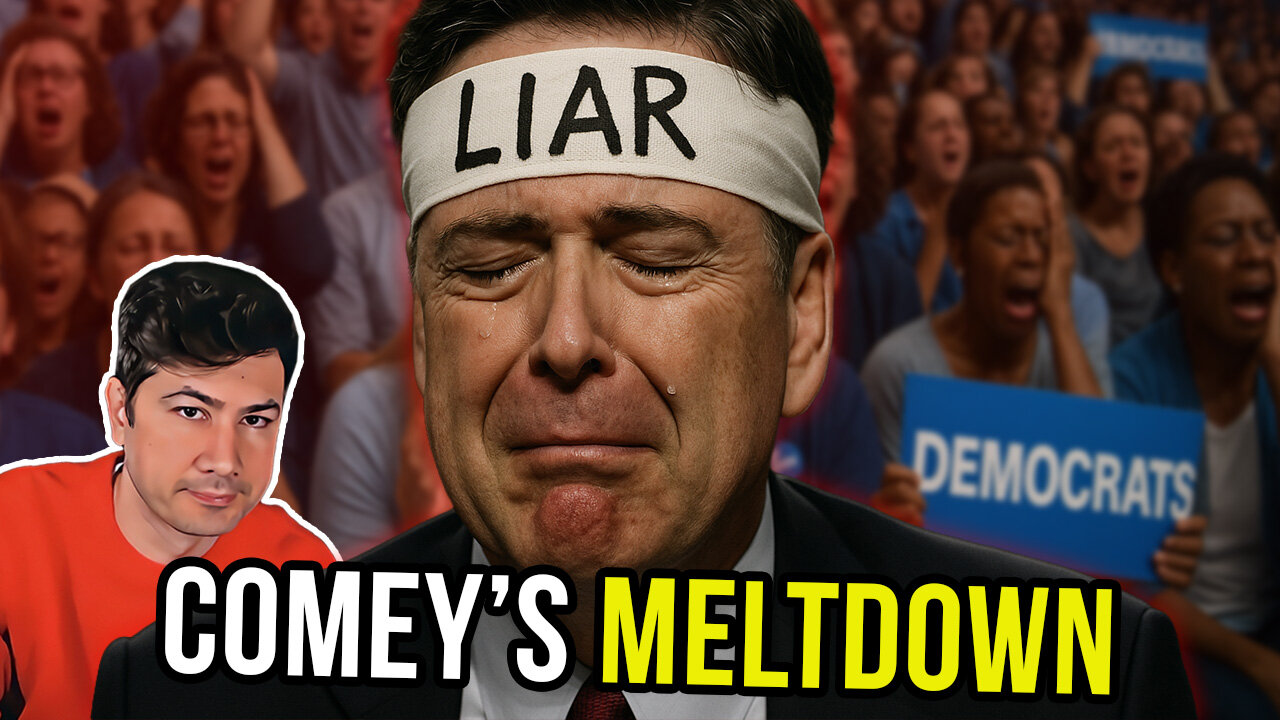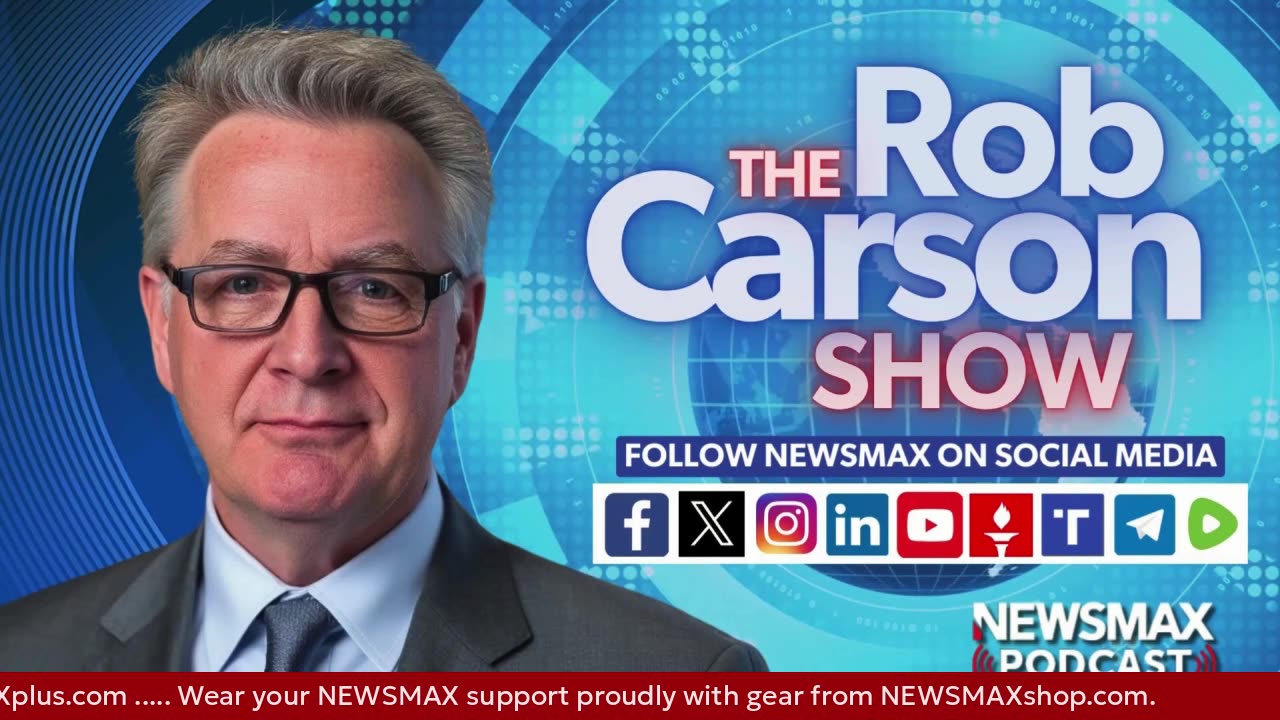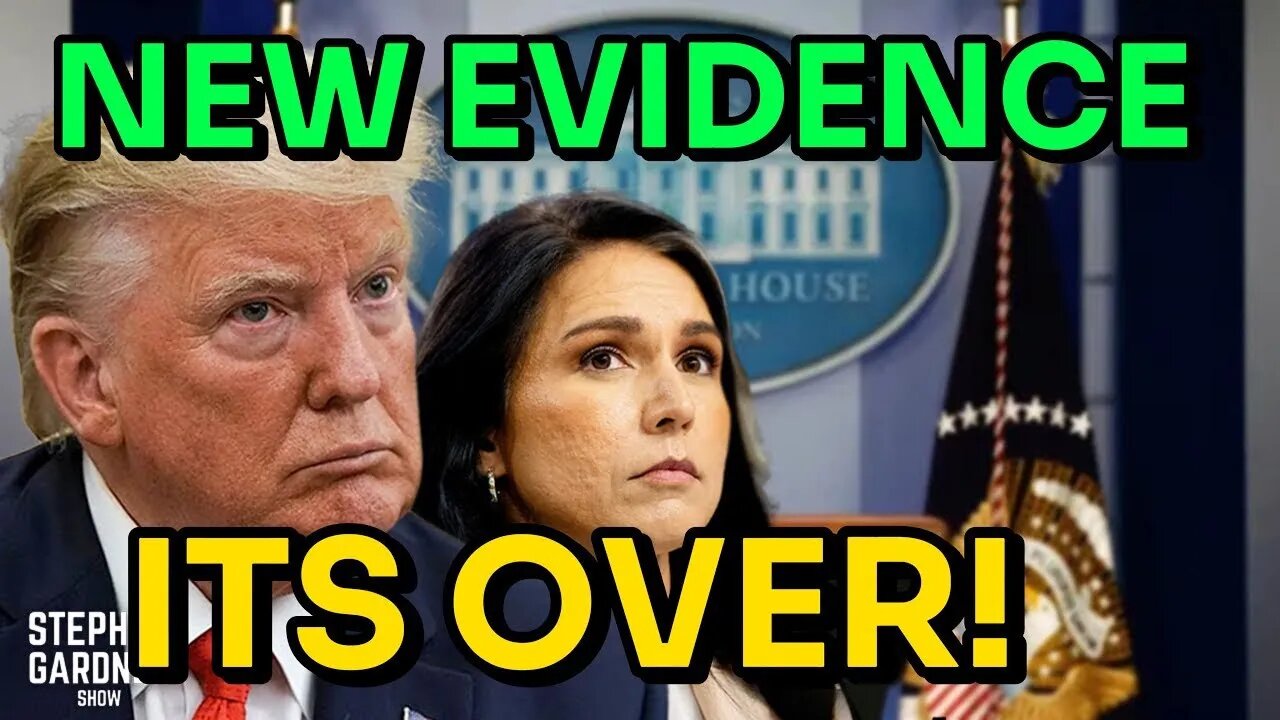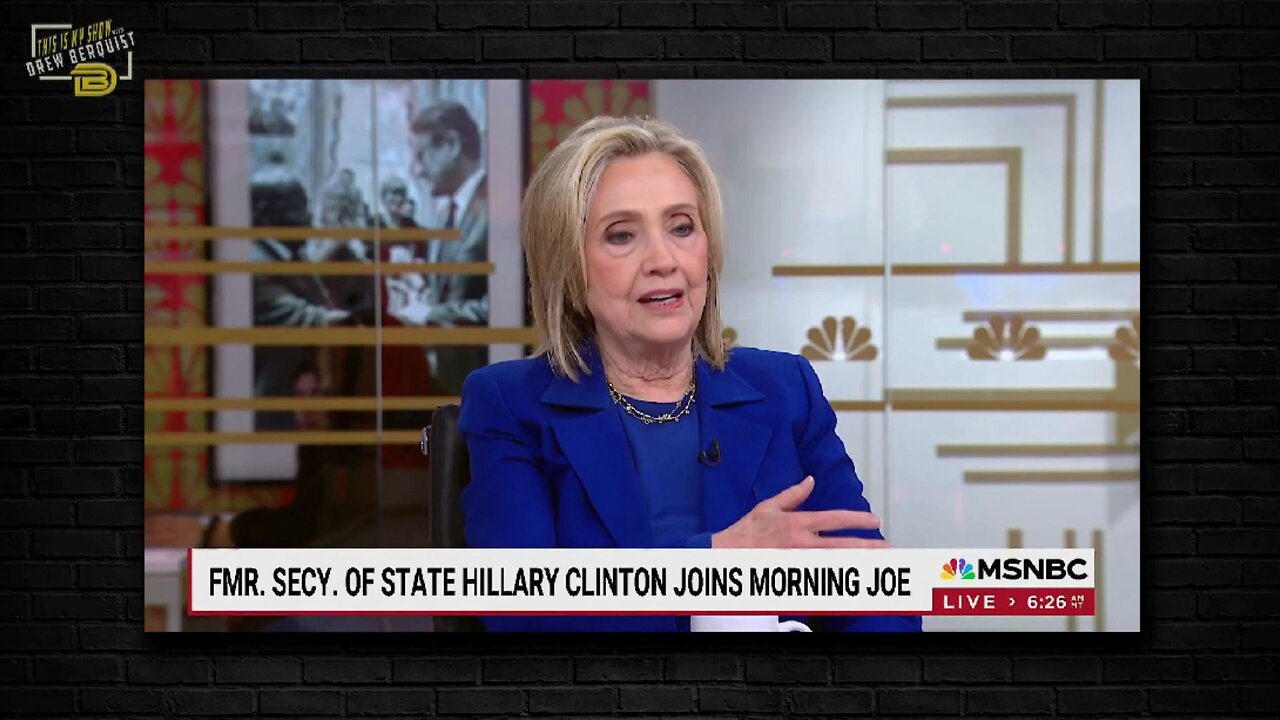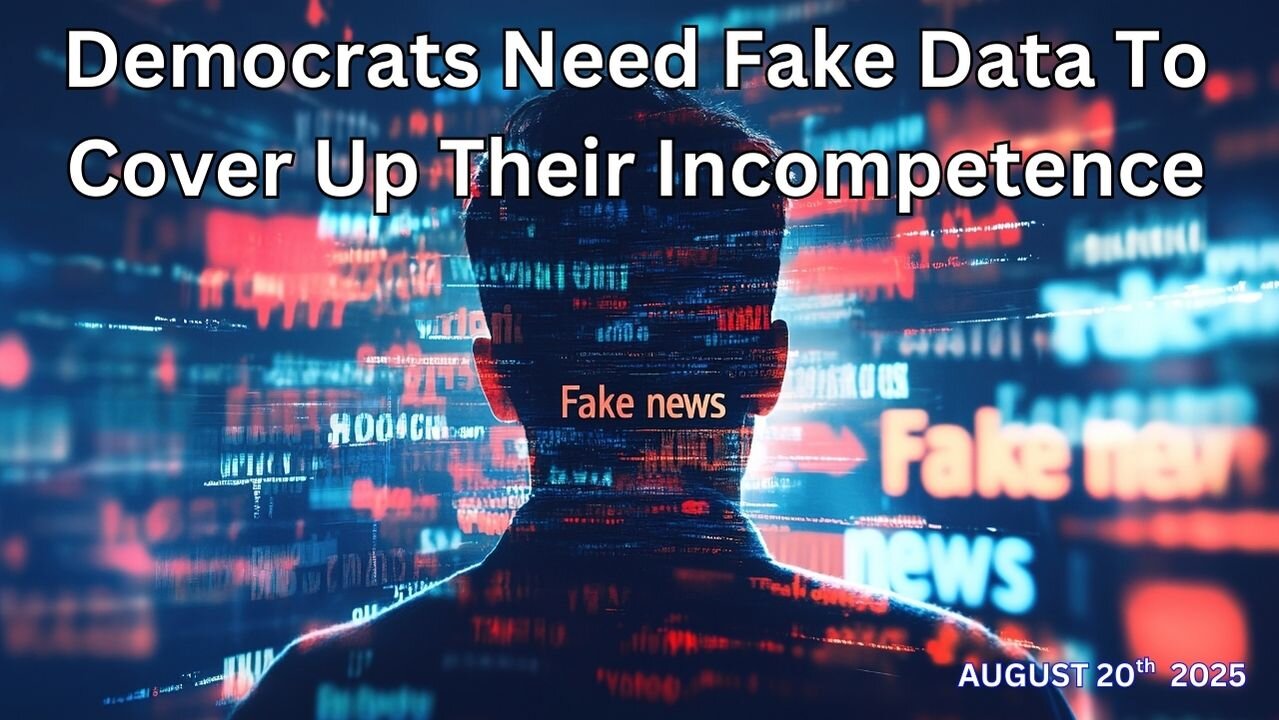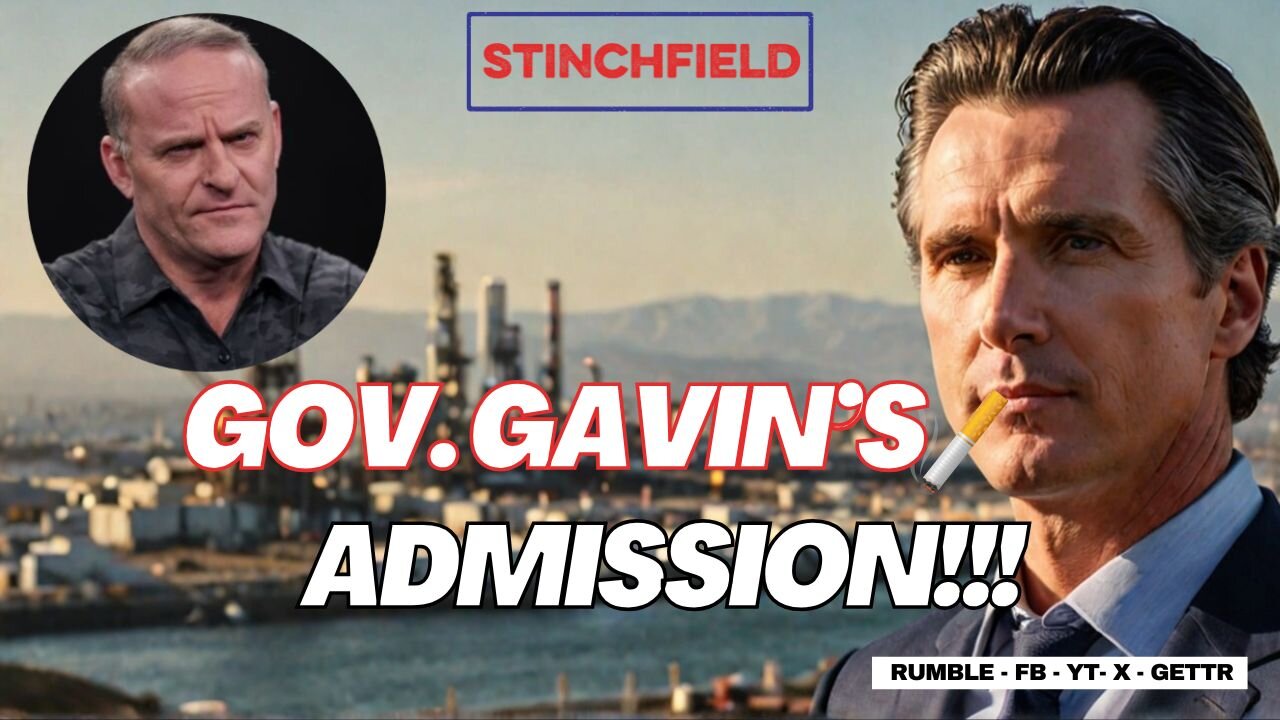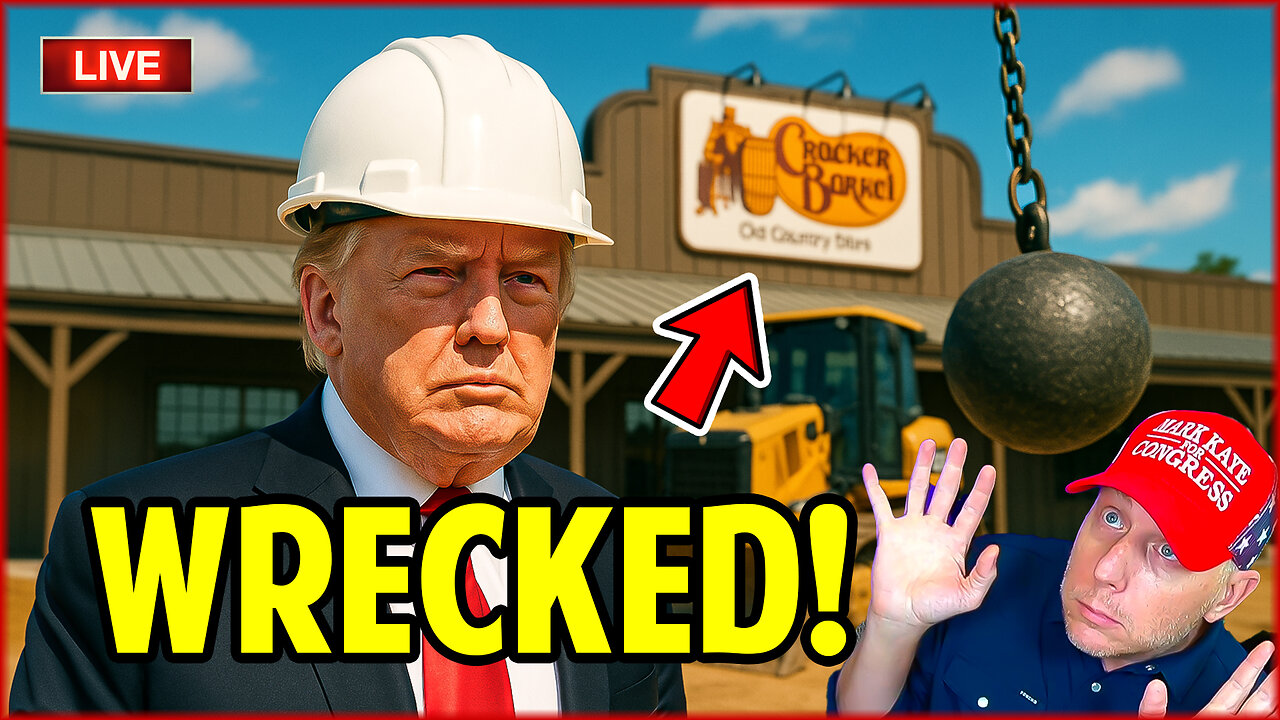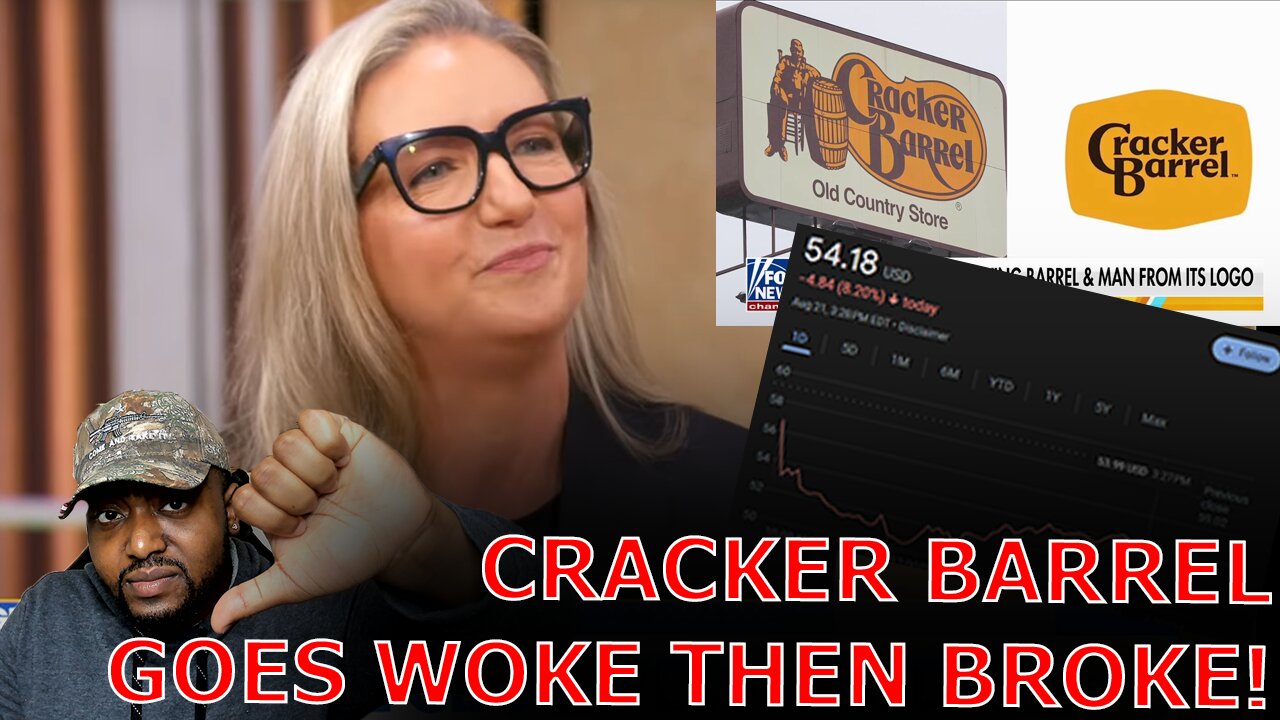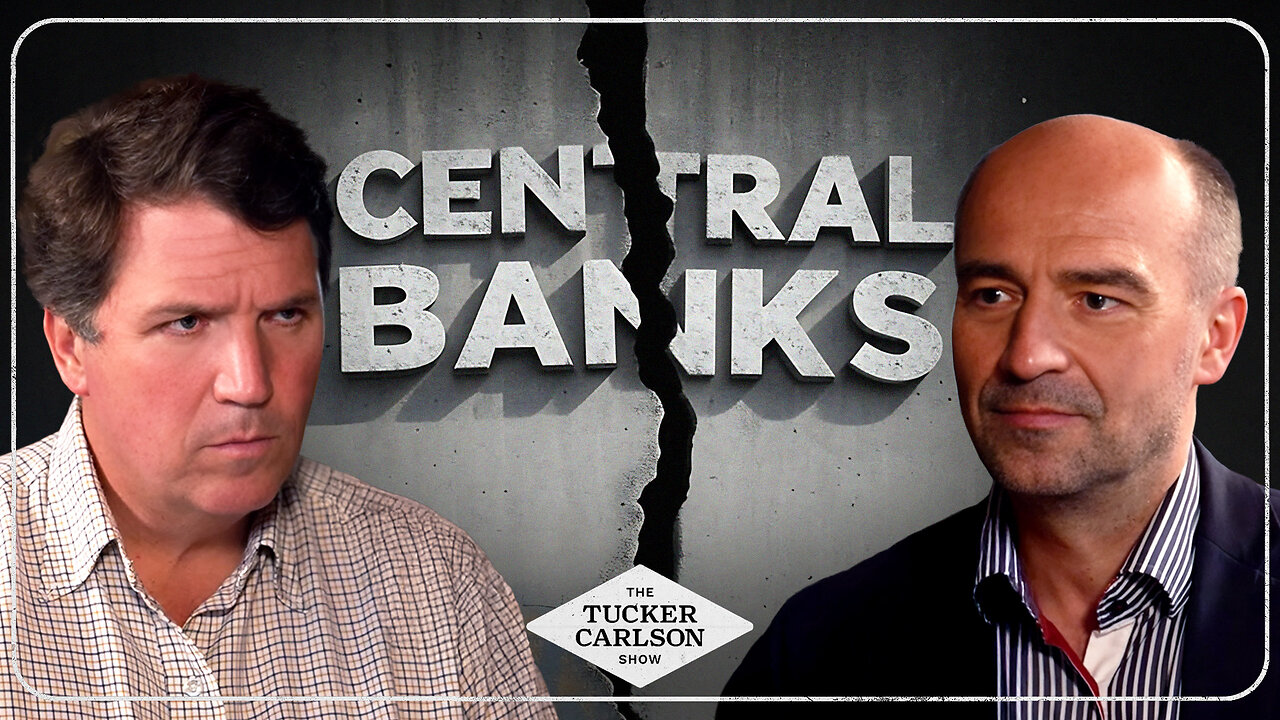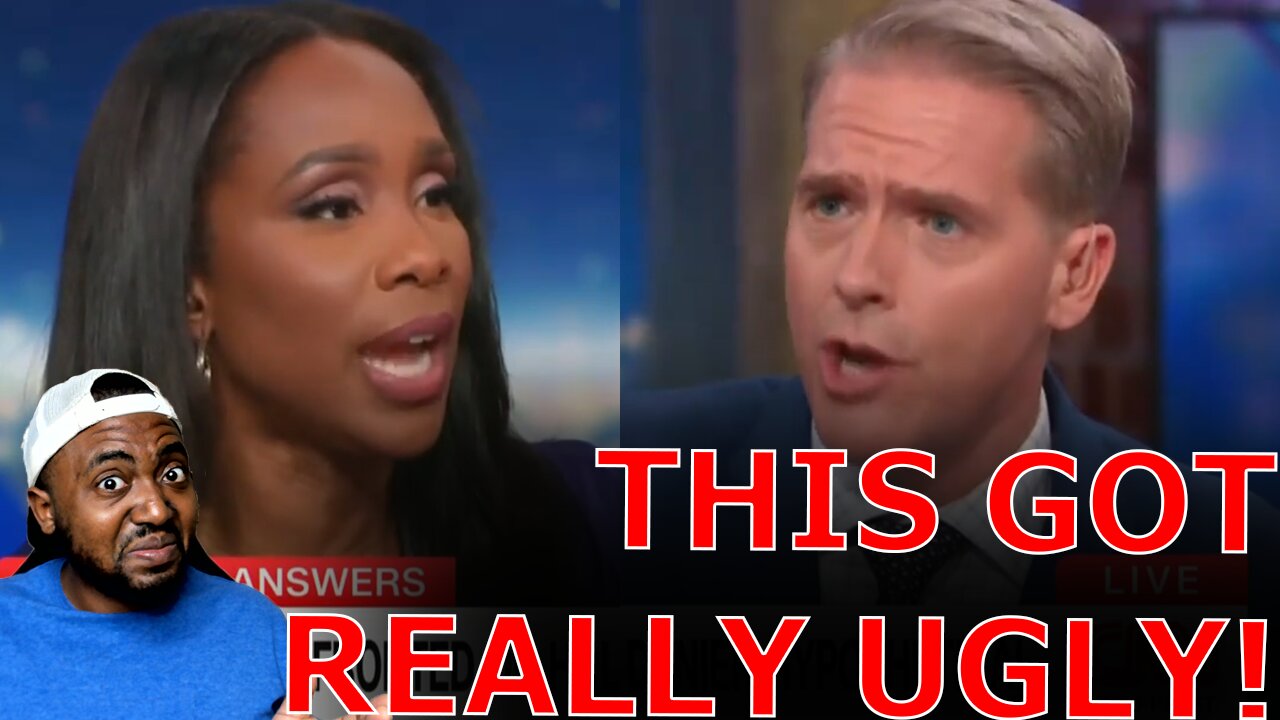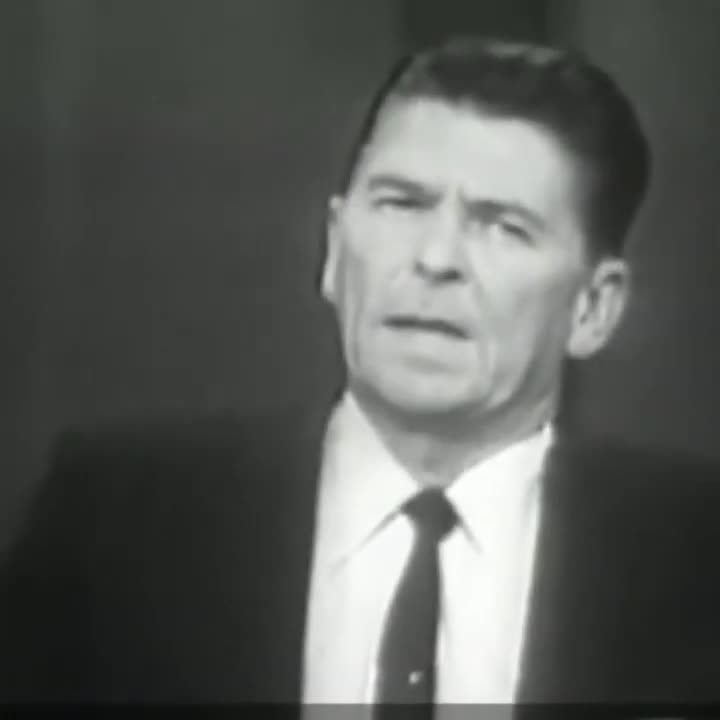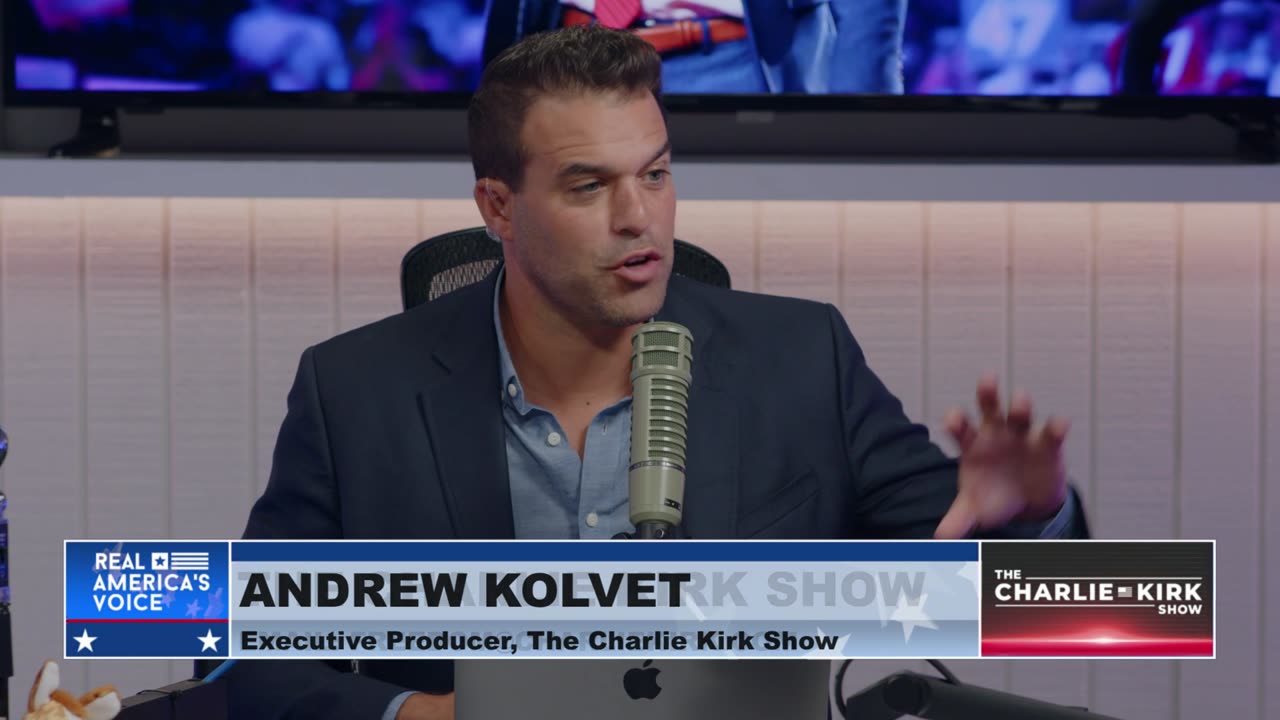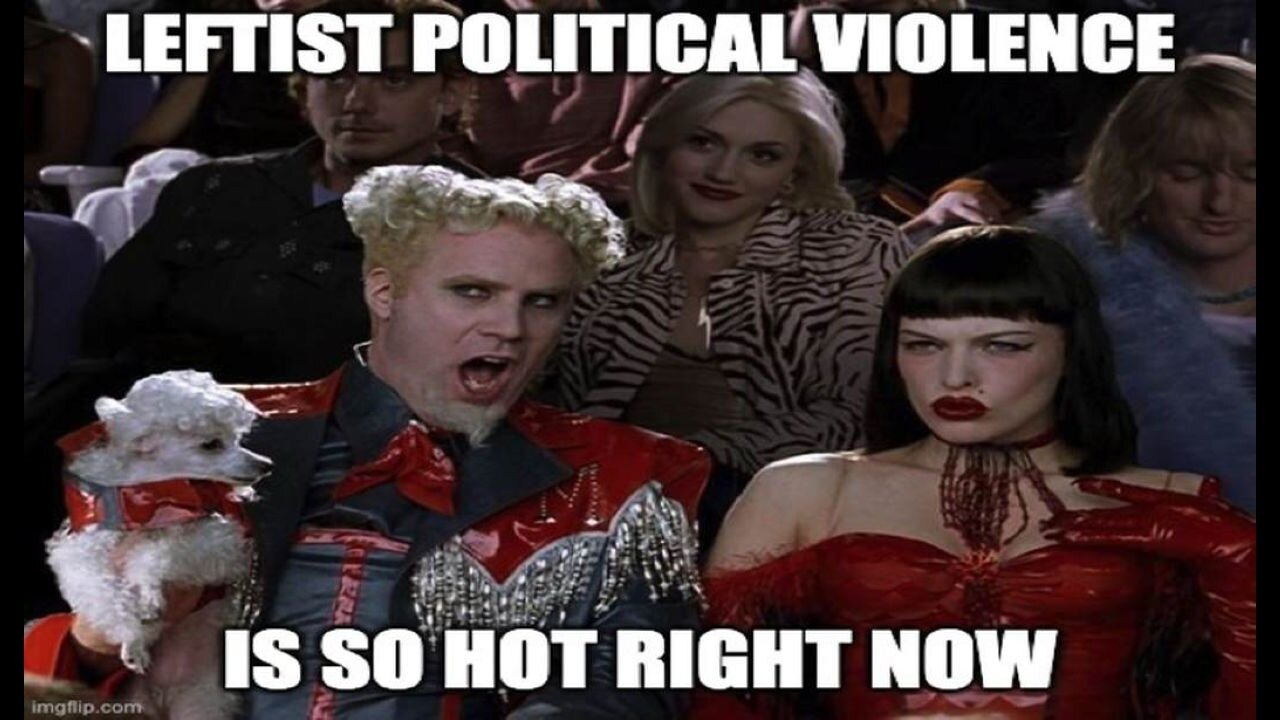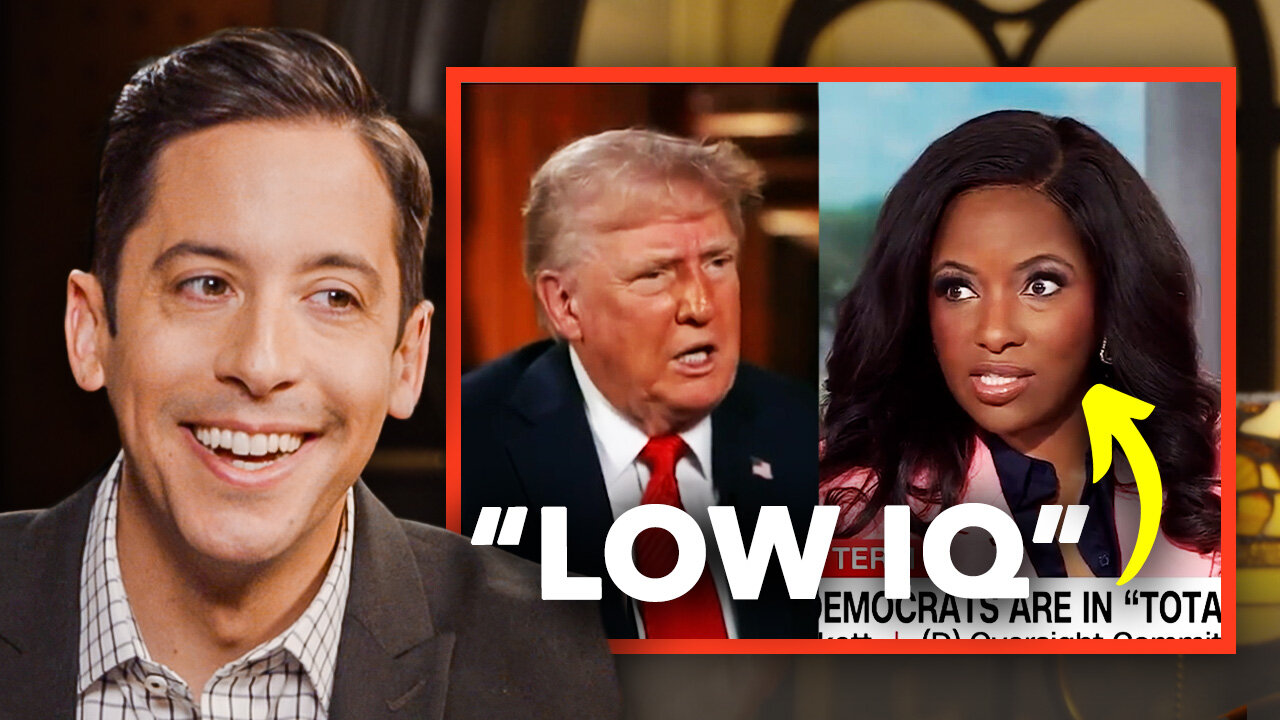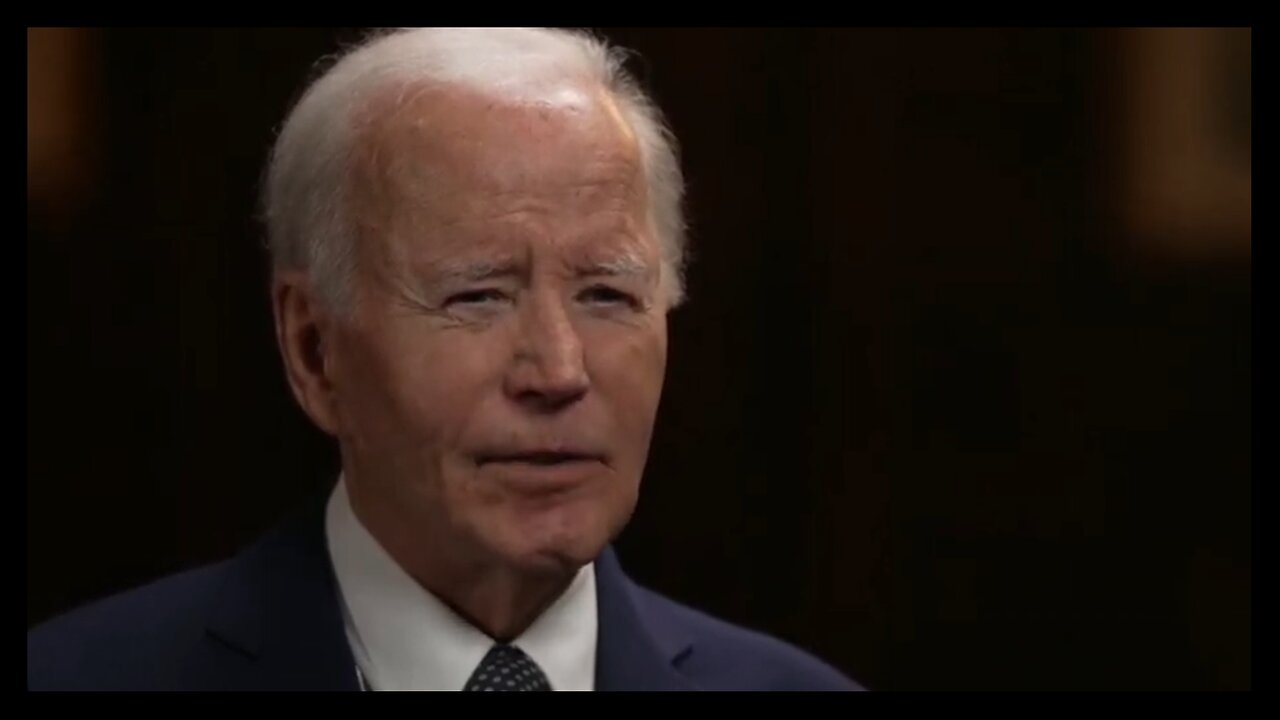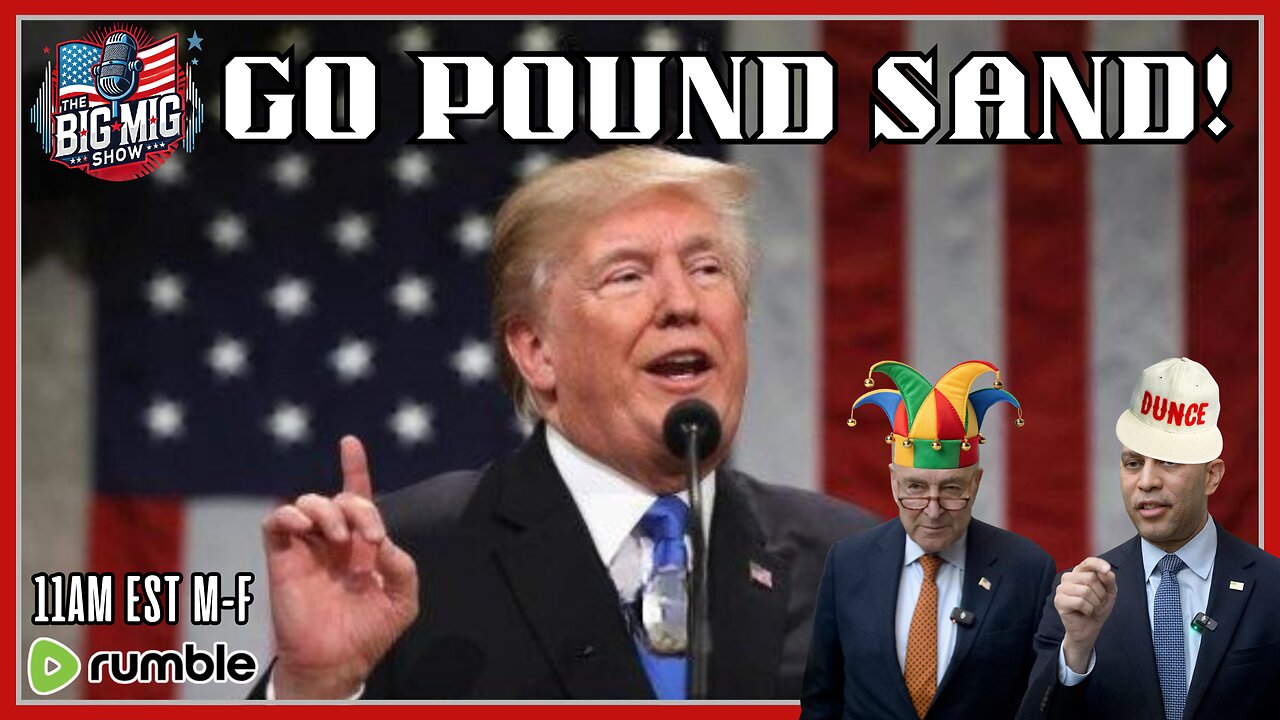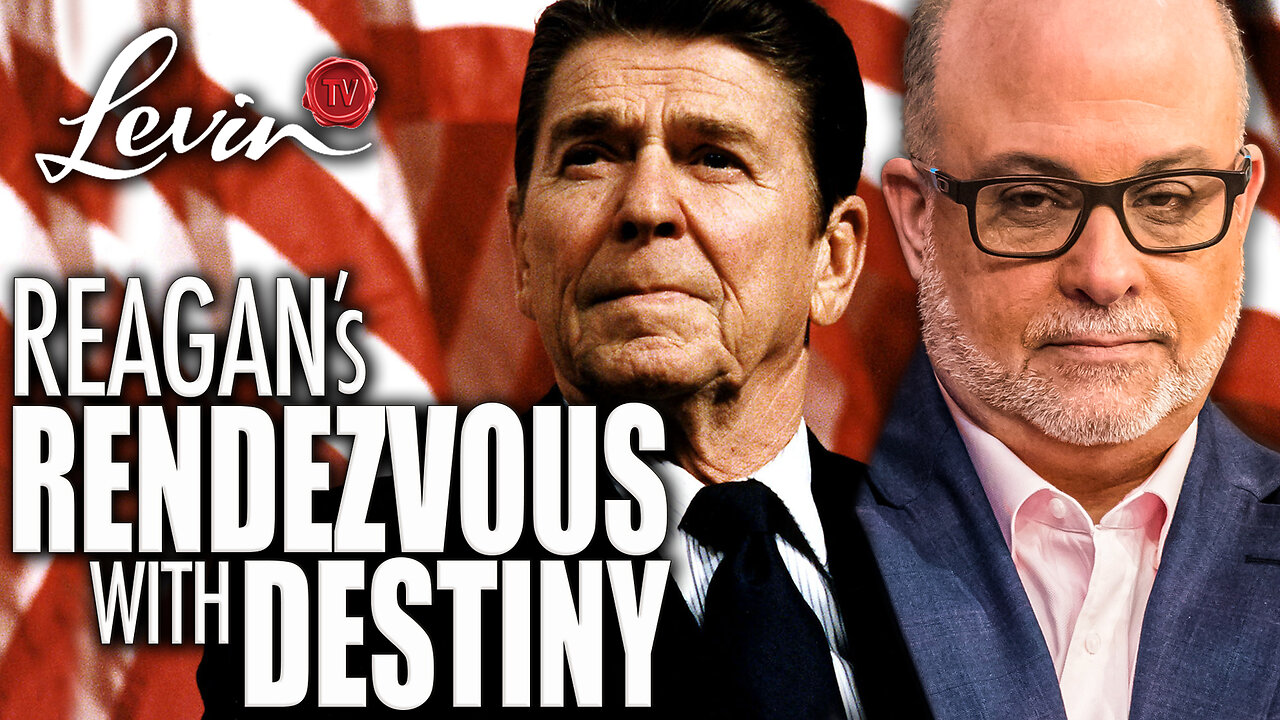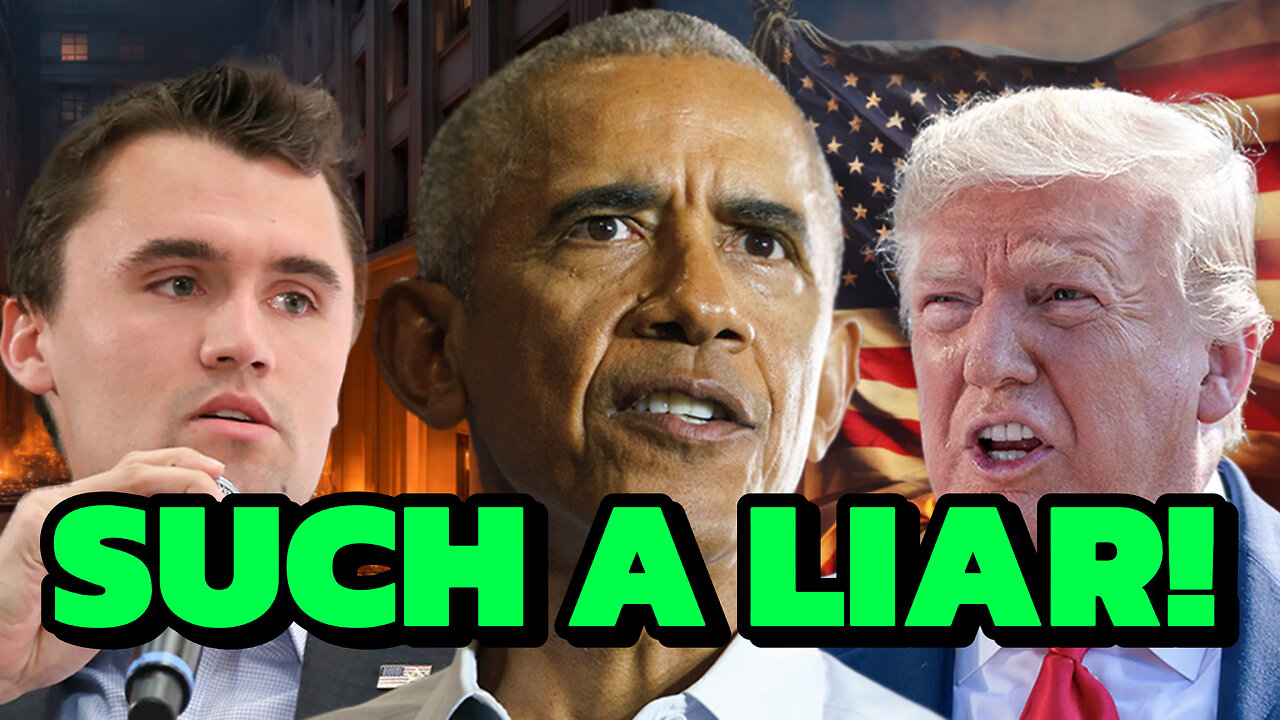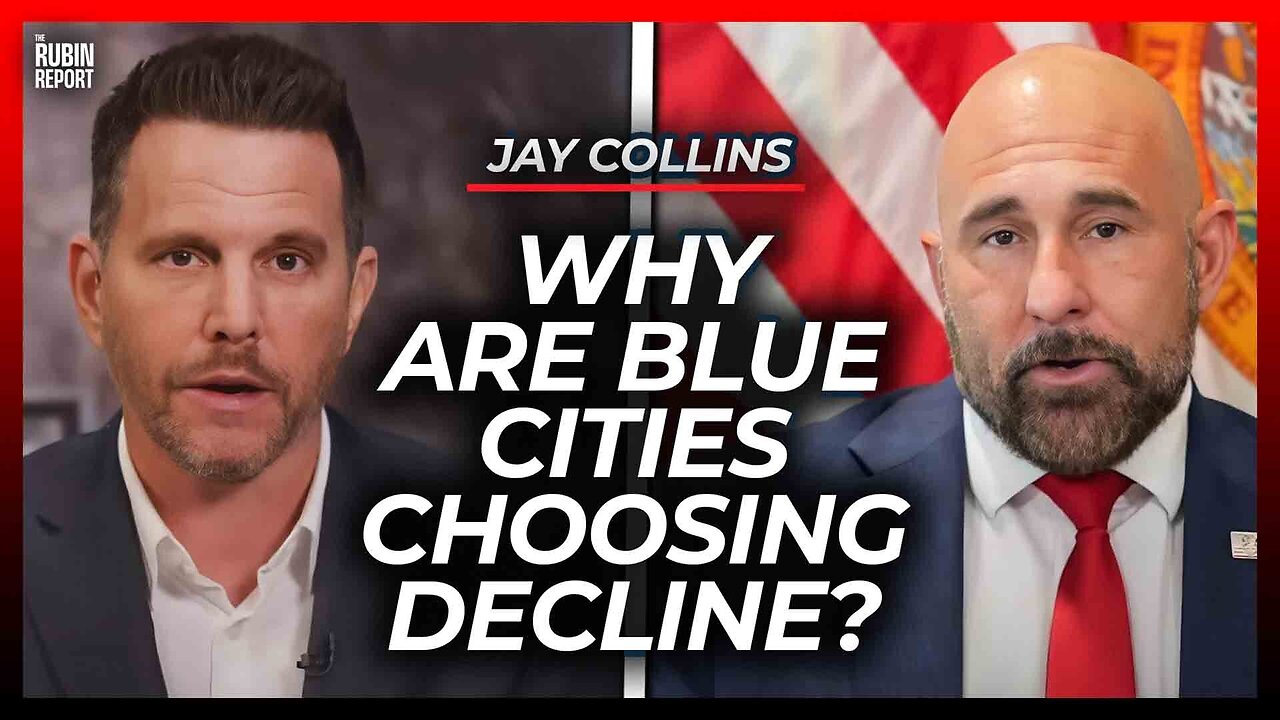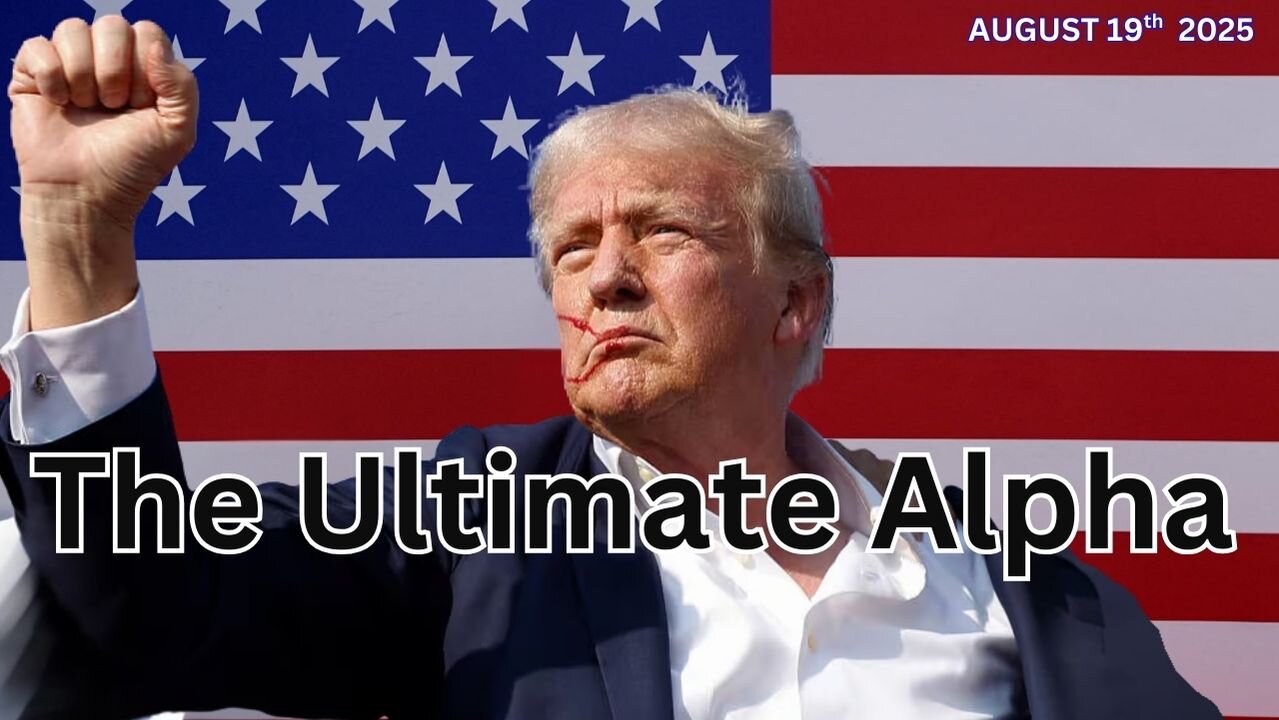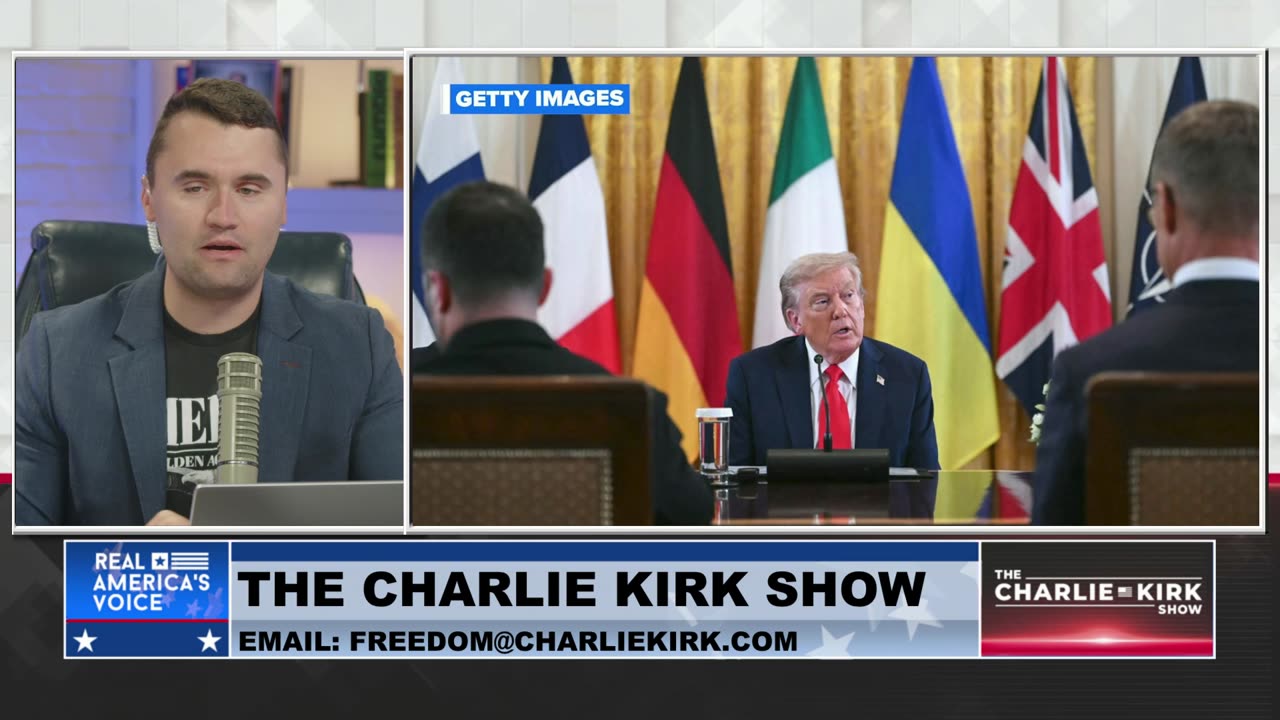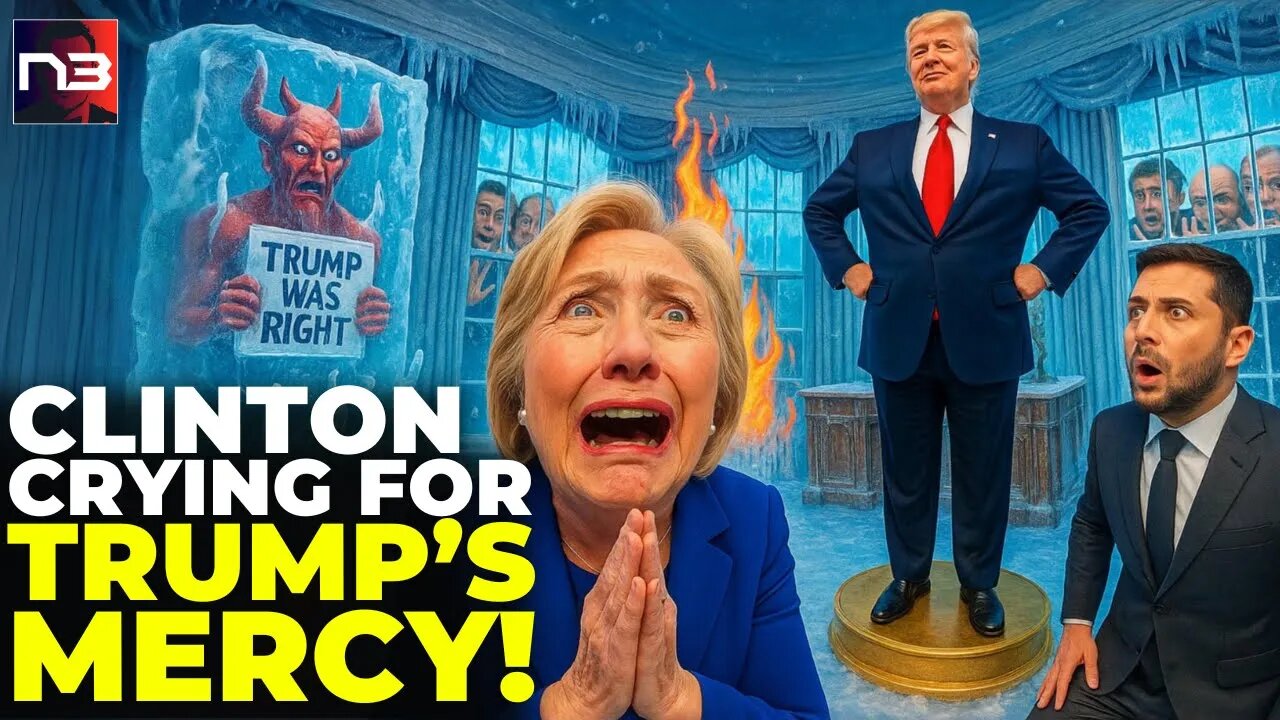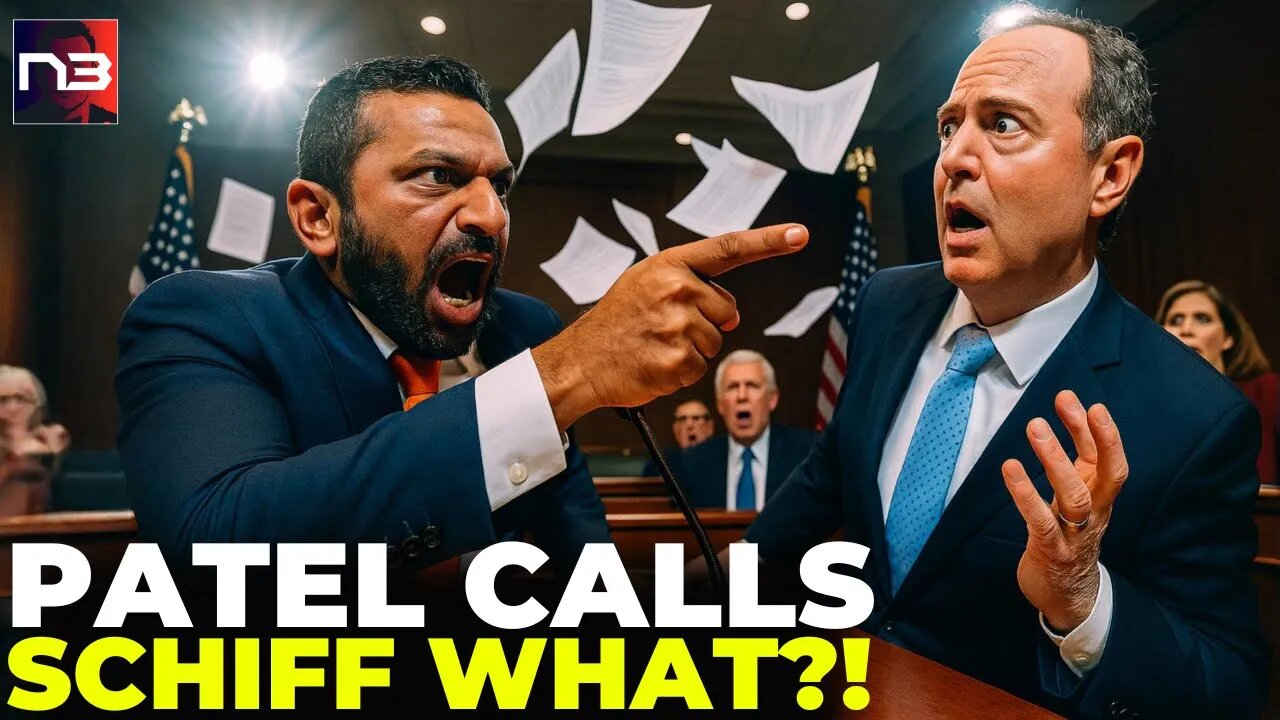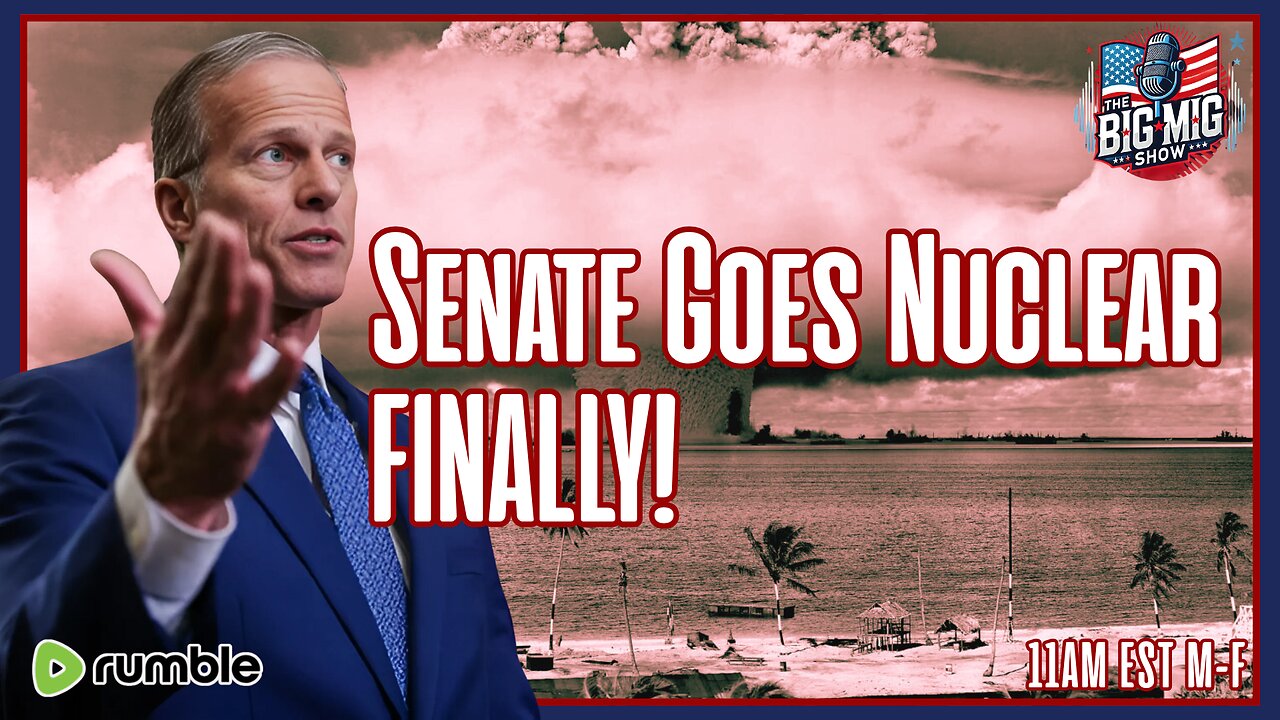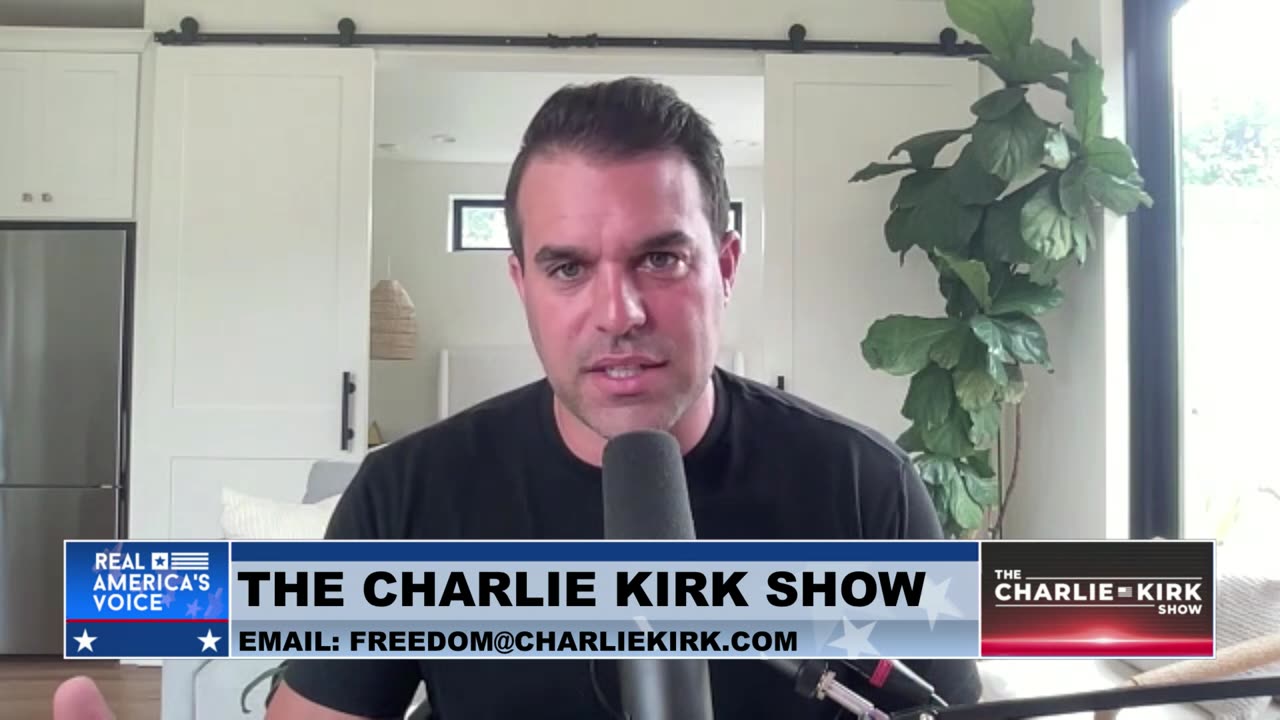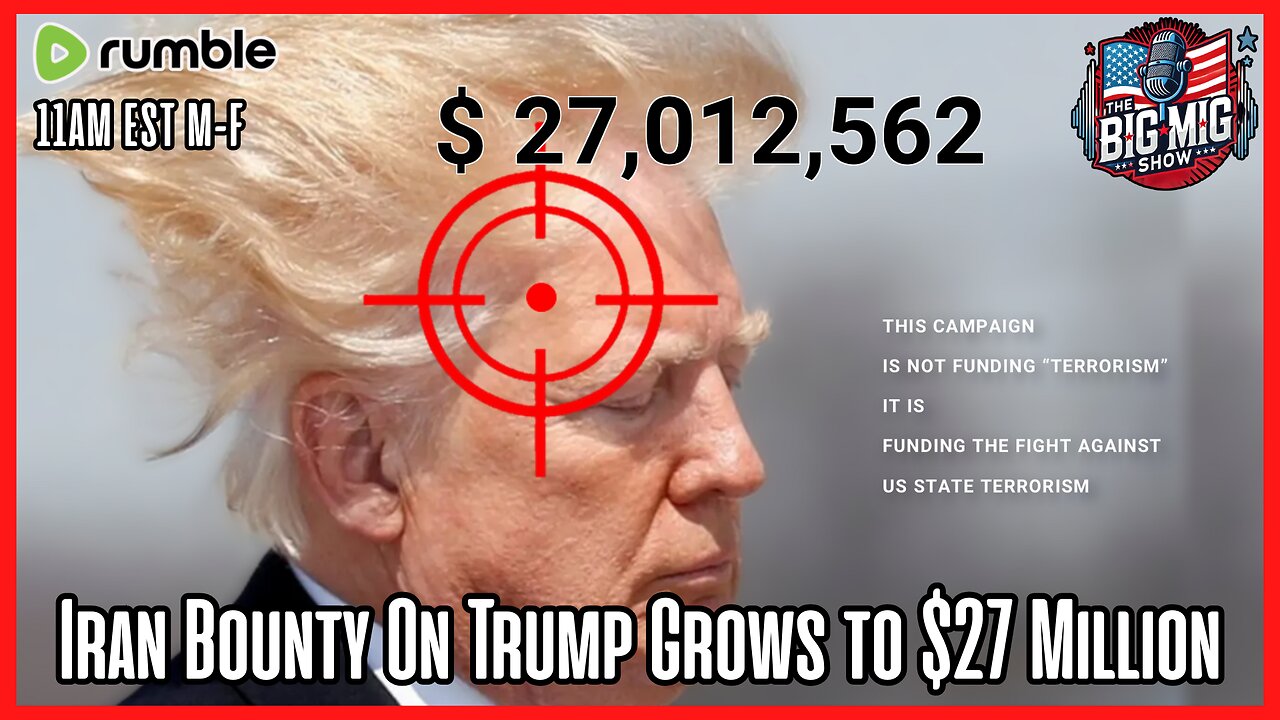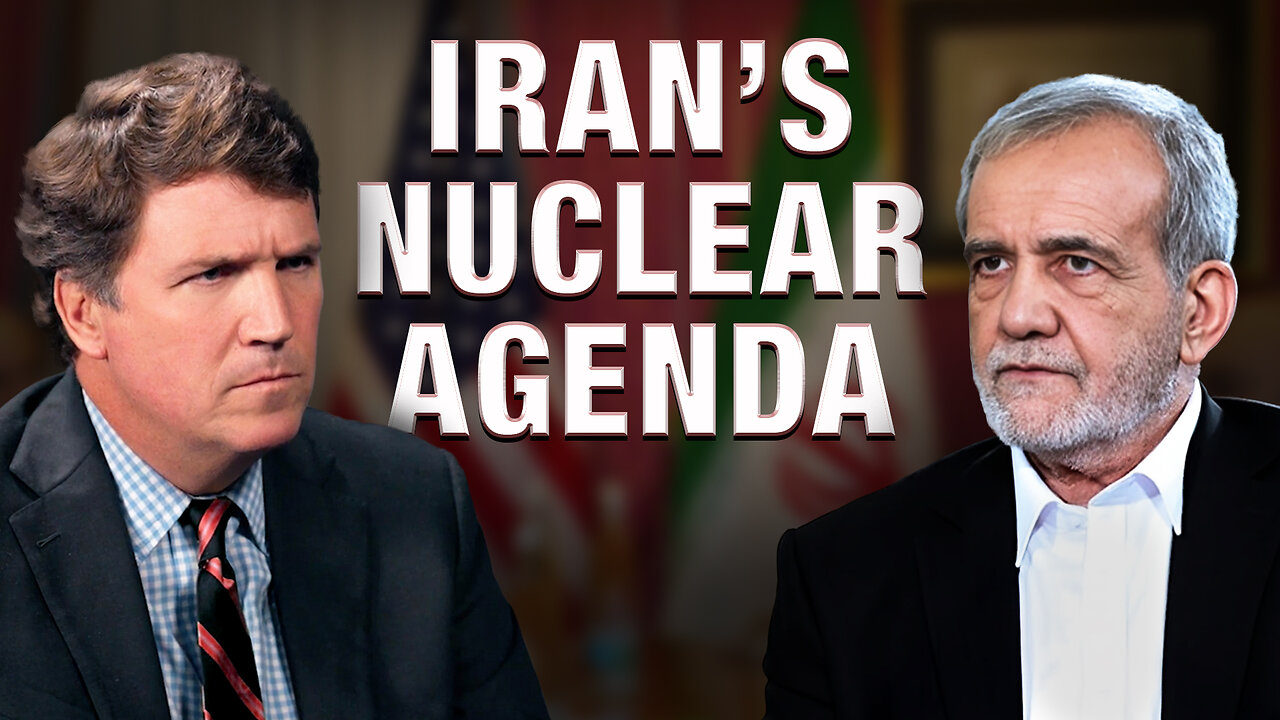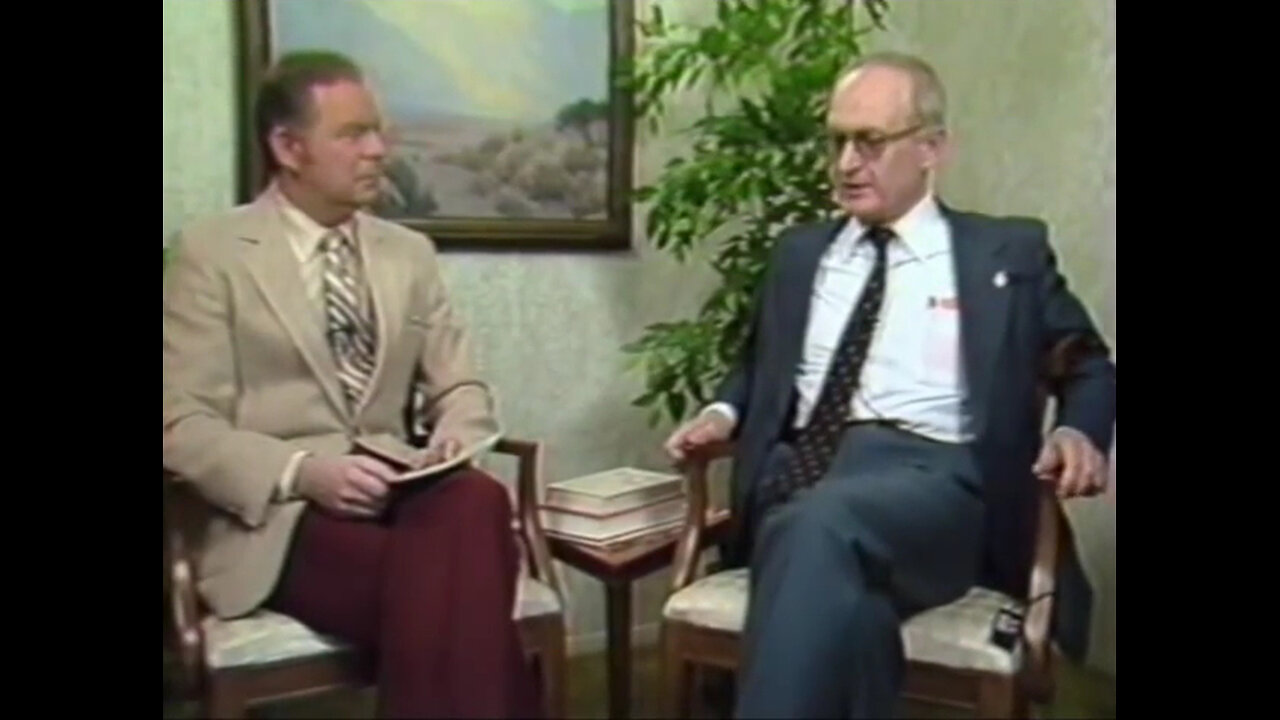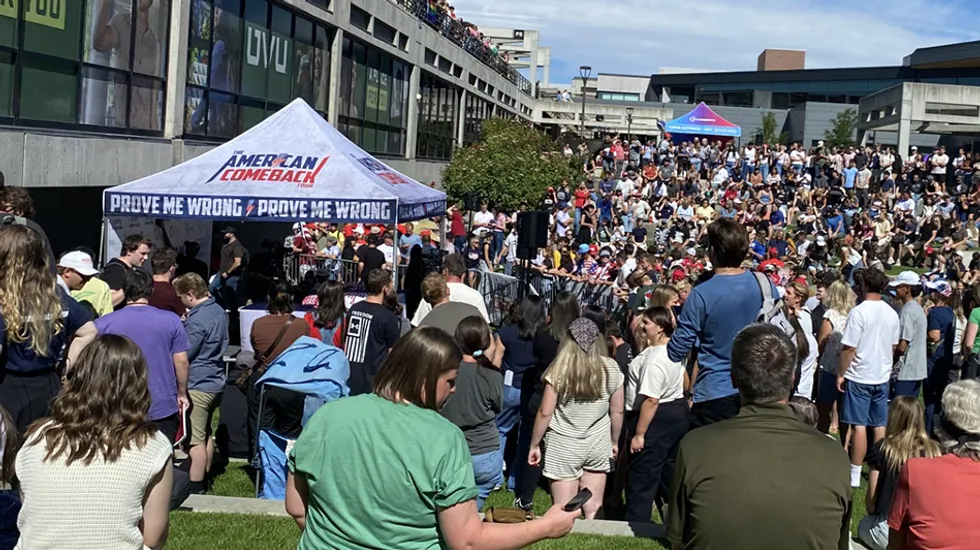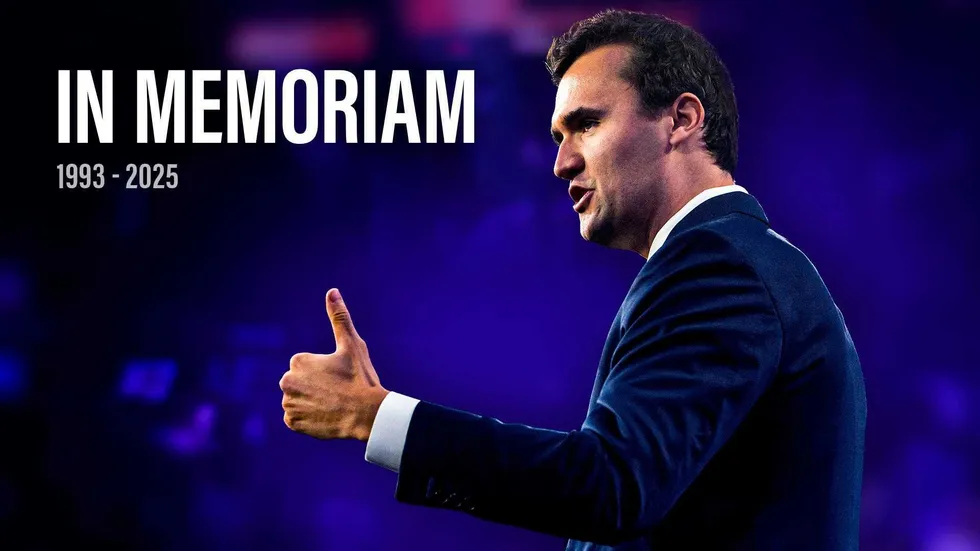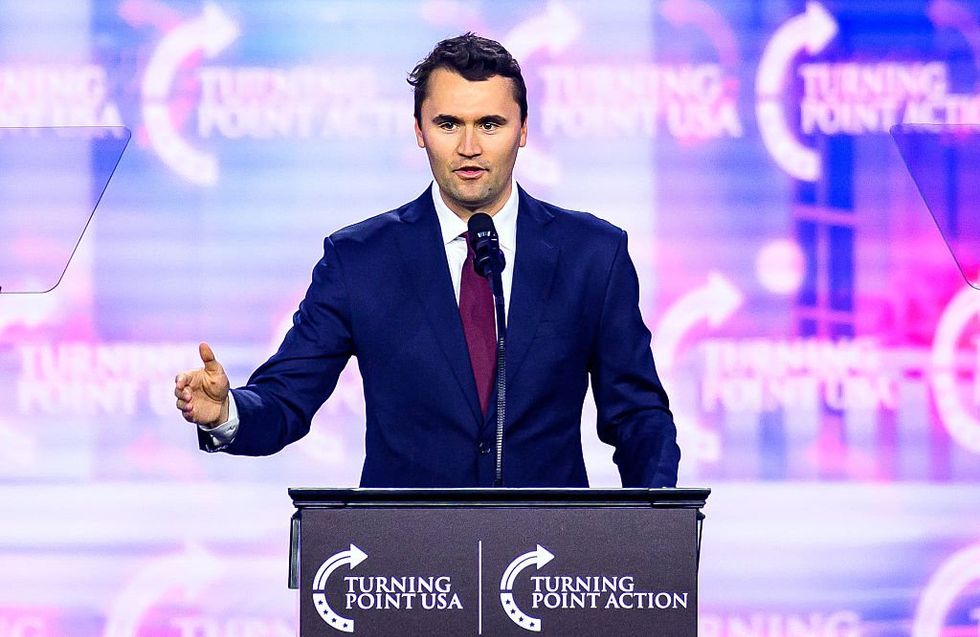Morning Brief: Tariffs Trigger Turmoil & Anti-Trump Protests Erupt
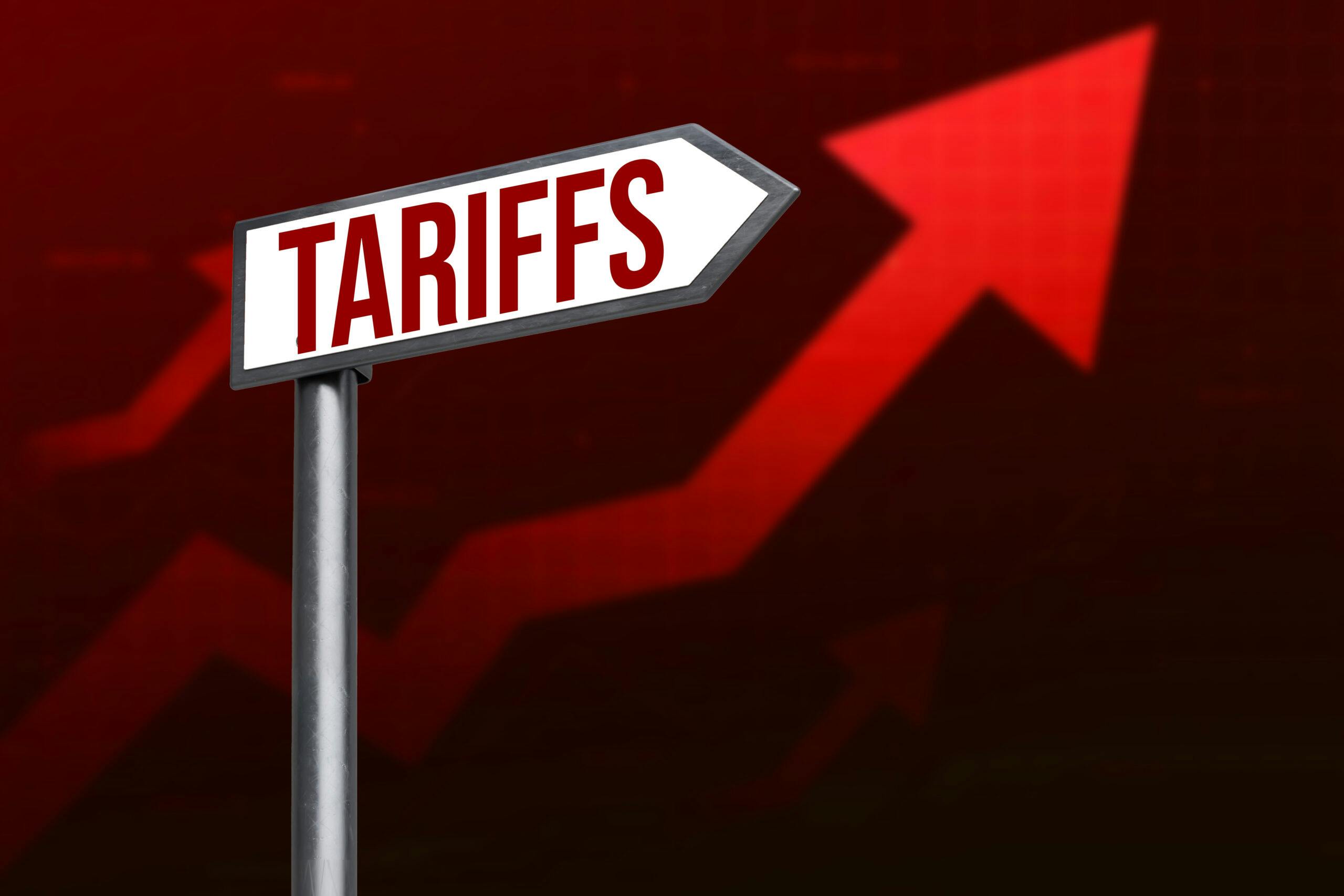
Wall Street remains shaken as President Donald Trump seeks to reset trade terms worldwide. While Trump urges Americans to “hang tough” amid the economic turmoil, economists debate the president’s high-risk gamble. And left-wing protests pop up all around the country in anti-Trump and anti-Elon Musk demonstrations.
It’s Monday, April 7, and this is the news you need to know to start your week. If you’d rather listen to your news, today’s edition of the Morning Wire podcast can be heard below:
Stocks Tumble As The Economy Adjusts To Trump’s Tariffs
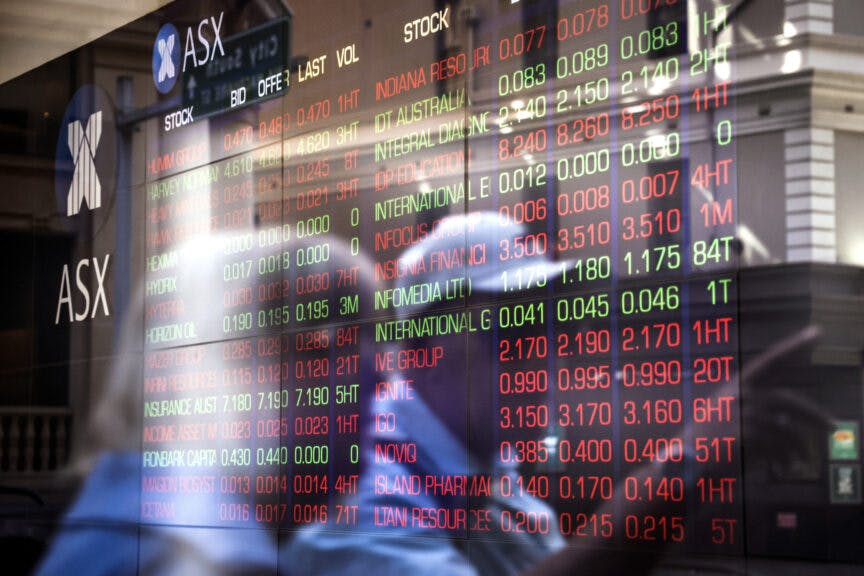
Photo by DAVID GRAY/AFP via Getty Images)
Topline: Markets tumbled as President Trump’s historic tariffs bring an unprecedented reset to global trade.
In the 48 hours following Trump’s Rose Garden announcement of his “Liberation Day” tariffs, more than $6 trillion was wiped off the stock market. The DOW Jones saw its worst 48-hour period since COVID lockdowns in 2020, plunging more than 3900 points, while the S&P 500 fell another 6% Friday — when 486 of its 500 stocks lost value. Zooming out, the S&P is down 17% since February — the DOW is down 14%. JP Morgan now says there’s a 60% chance of a global recession by year’s end due to what it calls “disruptive US policies.”
President Trump took a rosier outlook, saying Friday, “This is a great time to get rich.” In a Truth Social post over the weekend, the president said, “This is an economic revolution and we will win. Hang tough, it won’t be easy, but the end result will be historic.” More broadly, the White House argues the stock market is not indicative of overall economic health and that most Americans care more about high-paying jobs and affordable goods than a booming stock portfolio.
“The top ten percent of Americans own 88% of equities, 88% of the stock market,” Treasury Secretary Scott Bessent told Tucker Carlson. “The next 40% owns 12% of the stock market. The bottom fifty has debt. They have credit card bills, they rent their homes, they have auto loans and we’ve got to give them some relief.”
That is a very different message from the Trump administration than we heard during its first term when the president routinely lauded the record stock market growth experienced from 2016 to 2020. His willingness to risk a market disruption shows how much he’s prioritizing efforts to revolutionize the economy — in his view, from the bottom up. It’s a risk, but the White House is confident it will pay off. Bessent went on to say President Trump inherited an economy that was perceived as healthy but was rotting from the inside out.
President Trump has suggested the Federal Reserve cut interest rates to stimulate the economy. Federal Reserve Chair Jerome Powell refused to respond to Trump’s comments, saying the Fed was “well positioned to wait for greater clarity” on the economy, though he did say the tariffs were “significantly larger than expected.”
Some countries have dug in for a protracted trade war — China slapped another 34% tariff on all American imports, while the EU said it would pursue “countermeasures.” But many other countries have come to the negotiating table. Taiwan, for example, said it would not implement retaliatory tariffs and would instead pursue a “zero tariff” deal with the United States. Vietnam, one of the U.S.’s largest trade partners in Asia, sent a letter to Trump on Saturday offering to remove all tariffs on U.S. imports if Trump would agree to pause his tariffs for 45 days. The United Kingdom also hinted at major concessions, saying it is preparing an offer to lower tariffs and reduce tax rates on American companies operating within its borders.
“More than 50 countries have reached out to the president to begin a negotiation,” National Economic Council Director Kevin Hassett told ABC News. “They’re doing that because they understand that they bear a lot of the tariff.”
The Tariff Debate
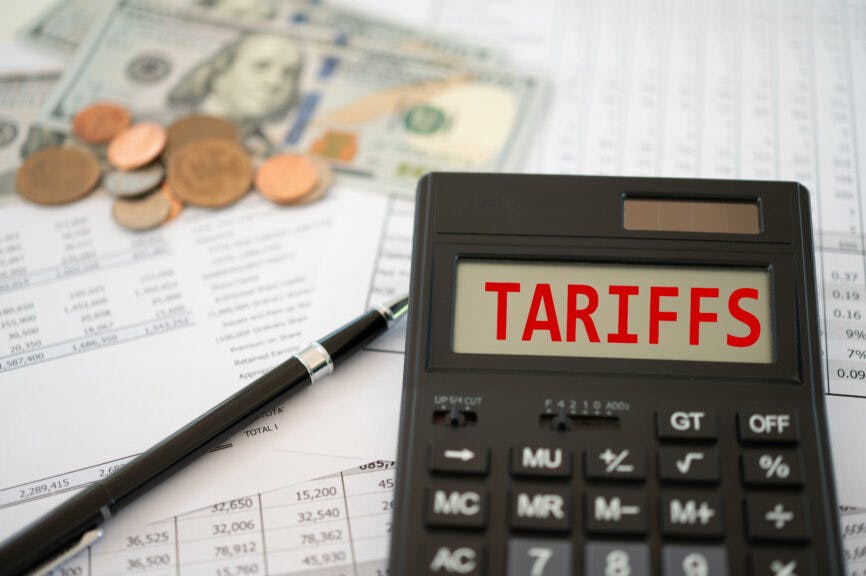
Topline: While the Trump administration is calling for calm amid the tariff-sparked turmoil, economists are debating the short-term and long-term impacts of the president’s policies.
Morning Wire spoke with economist David Bahnsen, founder and managing partner of the Bahnsen Group, who argued that it’s difficult to predict the effects Trump’s policies will have on markets without knowing if the tariffs are a permanent objective or merely a temporary negotiating tactic. He said the administration has sent mixed signals.
“One thing that is characteristic of President Trump’s kind of approach to this is a little bit of uncertainty, a little bit of chaos,” Bahnsen said. “I do not think stocks are due for a quick recovery if we are really moving to a long-term, 34% impairment of global trade. If we are really looking at taking, you know, potentially $500 billion out of the US GDP in a year… you could argue that stocks have much more repricing to go. But of course the upside risk is that you could also get an announcement in, you know, 48 hours that they got some concessions or some sort of headline announcement [and are] reversing course.”
One argument put forth by members of the Trump administration to justify the tariffs maintains that the U.S. trade balance is the primary dysfunctional element holding the American economy back. “We don’t make medicine in this country anymore,” Commerce Secretary Howard Lutnick told CBS. “We don’t make ships. We don’t have enough steel and aluminum to fight a battle. We gotta stop having all the countries of the world ripping us off.”
Bahnsen argued that trade deficits were not an anchor of the economy and that government policy was a more significant impediment to growth.
“[America] exports more services to the rest of the world than anybody, but buys a little bit more goods from the rest of the world than we sell to them… Our economy is growing – it’s subpar growth because the government debt is too high,” Bahnsen told Morning Wire. “I’m not looking for 1600 Pennsylvania Avenue to run the economy, and that includes decisions as to what types of industries we wanna prop up and what industries we want to prop down if we were to be effective – which I do not believe they will be. But if we were to be effective at bringing more domestic manufacturing to America, they can’t do that without hurting services. And I would rather that our federal government not be in the business of picking those winners and losers.”
Anti-Trump Protests
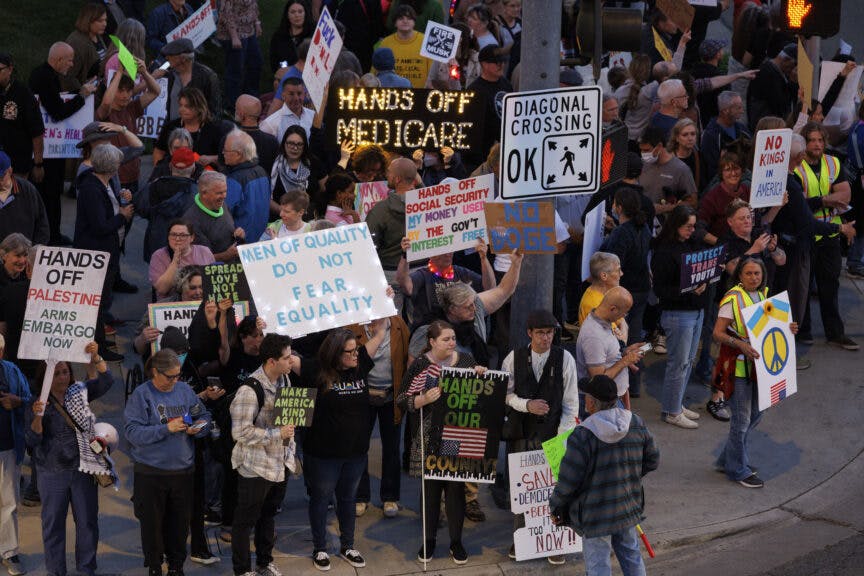
(Gina Ferazzi / Los Angeles Times via Getty Images)
Topline: Anti-Trump activists gathered in cities nationwide over the weekend in the largest show of protests since Trump took office.
Large-scale protests against the Trump administration took place over the weekend but appeared to express general dissatisfaction rather than centering on any specific political issue. Many protesters said they just wanted to be heard by the people in power and show others that they weren’t alone. The mass action was vaguely named “Hands Off.”
There were also many demonstrators speaking out against Trump’s top donor, Elon Musk, including protests outside of Tesla dealerships with chants to “Deport Musk” and all sorts of anti-Musk signage.
According to organizers, there were more than 1,200 protests across all 50 states. The Washington, D.C. protest took place on the National Mall and featured Democratic lawmakers, union officials, activists, and many others. The demonstrations had dozens of sponsors, but the leftist group Indivisible, which has received funding from billionaire George Soros, has taken a leading role in anti-Trump activism.
“One of the beautiful things about this is it’s meeting people where they are,” Indivisible’s co-executive director, Ezra Levin, told MSNBC’s Rachel Maddow last week. “We’re all coming to this for a different reason. We can say hands off the Department of Education, hands off our Social Security, hands off our Medicaid, hands off trans kids, hands off our communities, hands off our civil rights, hands off our democracy. Different things are bringing different people to this fight. “
Originally Published at Daily Wire, Daily Signal, or The Blaze
What's Your Reaction?
 Like
0
Like
0
 Dislike
0
Dislike
0
 Love
0
Love
0
 Funny
0
Funny
0
 Angry
0
Angry
0
 Sad
0
Sad
0
 Wow
0
Wow
0

